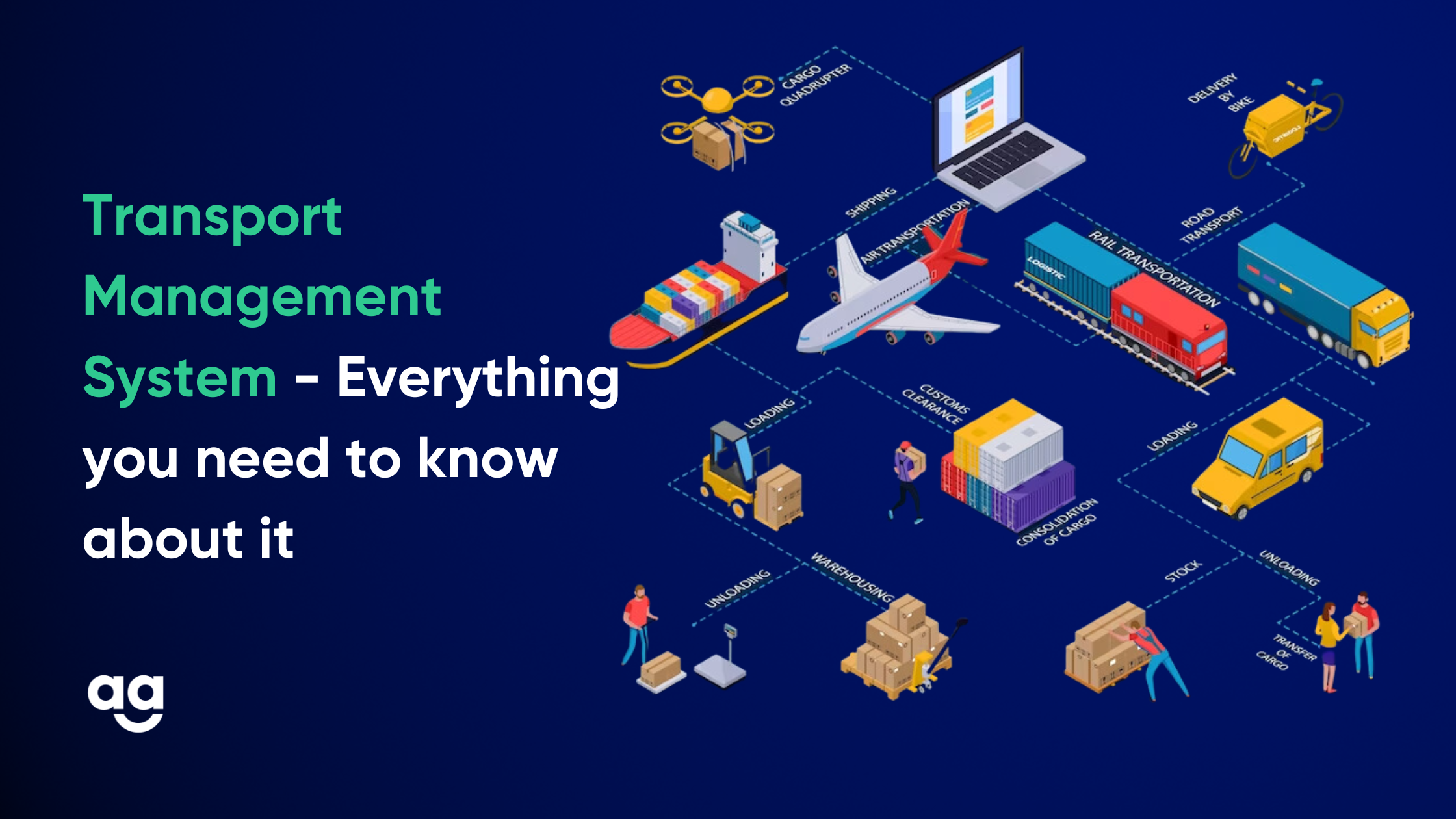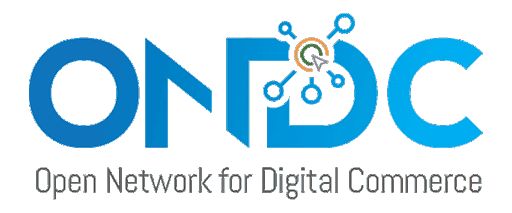Introduction
A Transport Management System is a logistics function which helps businesses in various things such as planning, implementing, and optimizing the physical movement of their products. It also ensures compliance and its documentation.
A TMS system has a very crucial role to play as it helps plan routine transportation and other services including providing paperwork, updates on trade compliance and assurance on timely delivery of cargo and goods. It makes it easier to optimize and manage their shipping processes whether by air, land or sea.
Who Should Use a Transport Management System ?
Businesses that mostly constantly move, ship, and receive commodities, such as:
- Manufacturers
- Distributors
- Ecommerce businesses
- Retail establishments
- Enterprises that provide logistics services include logistics service providers (LSPs) and third- and fourth-party logistics enterprises (3PL & 4PL).
- Businesses which deal with sectors from construction to healthcare all should make use of TMSs. However there might be smaller businesses which could afford TMS and take advantage of the benefits of integrating it into their supply chain thanks to the availability of cloud-based TMS systems.
Features of Transport Management System
1.Freight Management
A TMS system has various functions like collection, archiving and updating the shipping rate information from carriers frequently on a real-time basis, online. With the help of the TMS system it’s easier to compare the prices as compared to the period before TMS because goods managers had to go through the pain of manually calling the carriers and record rates. But now, it is possible to do all the functions online without any hassle.
Although order management is often handled by ERP or independent order management software, some TMSs do support it.
2. Execution
Businesses who use TMS can also carry out the crucial tasks of freight management like scheduling shipments with carriers. TMS makes functions like shipment tracking and sharing the information with clients and suppliers easier with real -time visibility into how the freight has been moving throughout the transportation network.
3. Planning
The tools that TMS provides for organizing and optimizing the shipping process are where its true power lies, even though the majority of its capabilities are execution-oriented. Customers can choose the carriers and routes that are most likely to deliver goods swiftly and economically by using the information and analytics it provides on important factors like cost, service quality, and transit time.
These optimizing options also apply to the order and load levels. To maximize the carrier’s resources for less-than-truckload (LTL) shipments, users can, for example, reroute orders or size cargoes. They can also create multi-leg routes with fewer vacant kilometers between stops, which saves money on both labor and gasoline.
4. Administration
Transportation and logistics administration is a complex and multifaceted operation that requires necessary and extensive paperwork for regulatory compliance, B2B transactions, and audits. To meet the needs for financial reporting and recordkeeping, a TMS must therefore have sufficient administrative functionality.
Tools for invoicing, payment, and accuracy verification—such as comparing the amounts on an invoice with the rates offered by a carrier—are typical features. One possible solution is to implement an automated payment system to minimize bill processing. An invoice that lists the contents of a shipment together with the conditions of the agreement is called a bill of lading, and it can be provided by the shipper or carrier. It can also be produced by a TMS. Bills of lading are also used by insurance and customs.
Settlement, a more common procedure that requires the recording of certain freight metrics before payment, such as proof of delivery, pickup, and transit time, must also be managed by a TMS. The TMS’s performance management and optimization processes utilize the data collected during the settlement process as a source of input.
4 Benefits of TMS
It’s likely that the advantages of TMS are not known to a large number of manufacturers, distributors, retailers, and other shipping companies. TMS benefits go beyond reduced freight delivery expenses. If you think about goods transportation as more than just a necessary expense, you’ll be well on your way to optimizing your total return on investment with the help of a TMS.
To help you do that, we have a list of the main benefits of adding a TMS to your supply chain.
1. Reduction in transportation cost
A transportation management system helps a business reduce transportation expenses and create an economical logistics system. Order processing, inventory management, and customer relationship management are just a few of the ways that an organization’s transportation needs can be handled by integrating the most recent or up-to-date TMS software. Any business can leverage the integration.
2. Pay bills accurately
Initially, billing and payment procedures took a lot of time and effort. Electronic invoicing, accounting, and payment processing are all possible with a modern TMS. Auditing procedures now only take a few seconds to complete with the help of a TMS, reducing the amount of error that could have happened otherwise.
3. Understanding freight spend
One of the main advantages of the TMS system is the freight cost analysis. With the use of analytics and optimisation, a TMS can help you save money. A TMS leverages data to provide insightful analysis and recommend cost-cutting strategies.
4. Optimizing routing capabilities
Optimized routing is necessary now more than ever since order cycles are getting shorter and there are fewer packages. If an organization has the appropriate TMS software, pool distribution can be deployed. This faster, less costly delivery approach gives you more visibility and control.
Operators can decide which shipments need to be picked up and delivered by selecting the best pool point. More complex orders can be divided up and routed independently, which saves time and money.
Wrapping Up
Every business needs modern technical support to survive and ace this fiercely competitive world of business. Transport management system is a need if you work in logistics. The company’s overall output and supply chain efficiency will both rise as a result. An effective TMS system will streamline your supply chain, increase customer satisfaction, reduce supply chain costs, and help your business grow.





 Shipping
Shipping